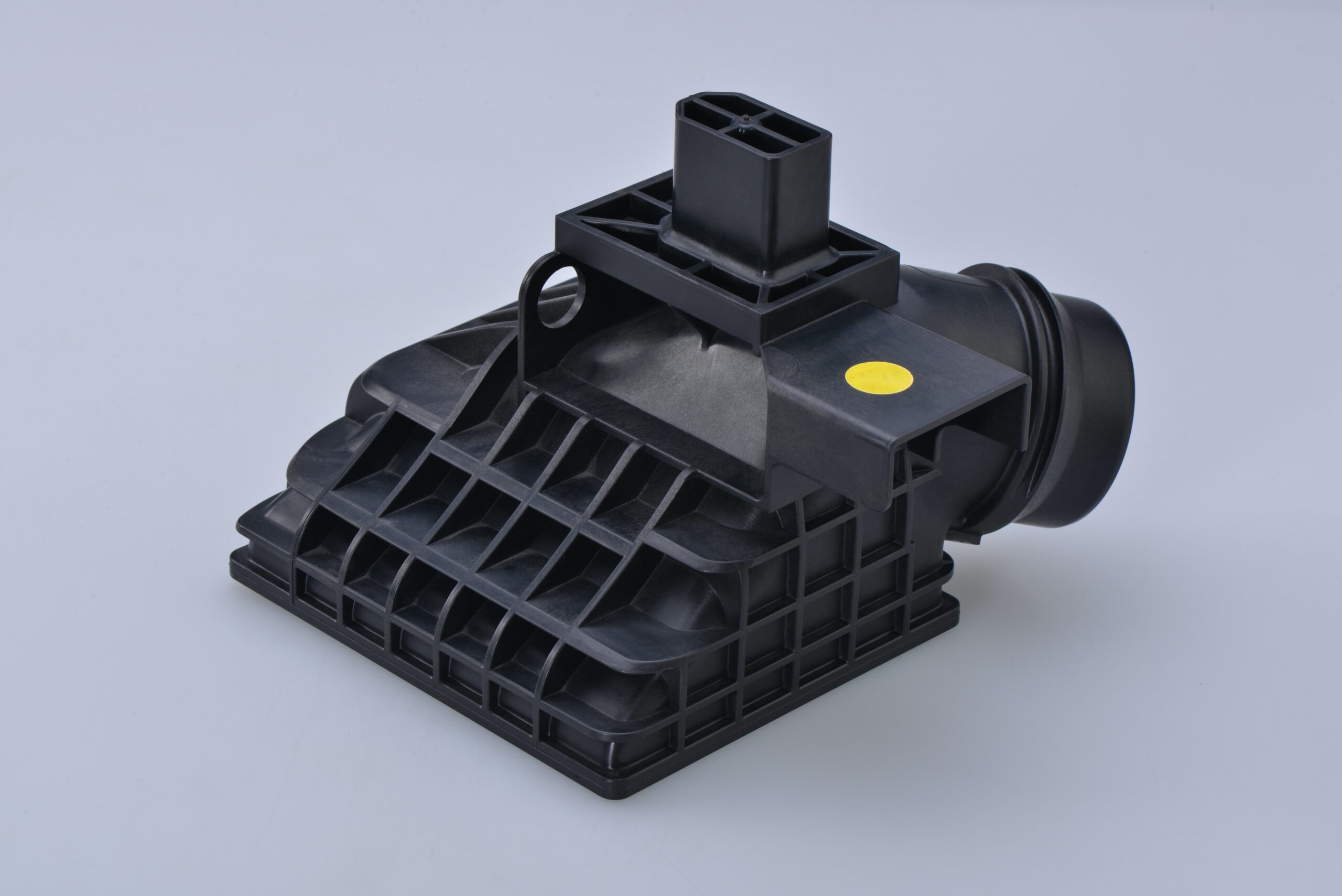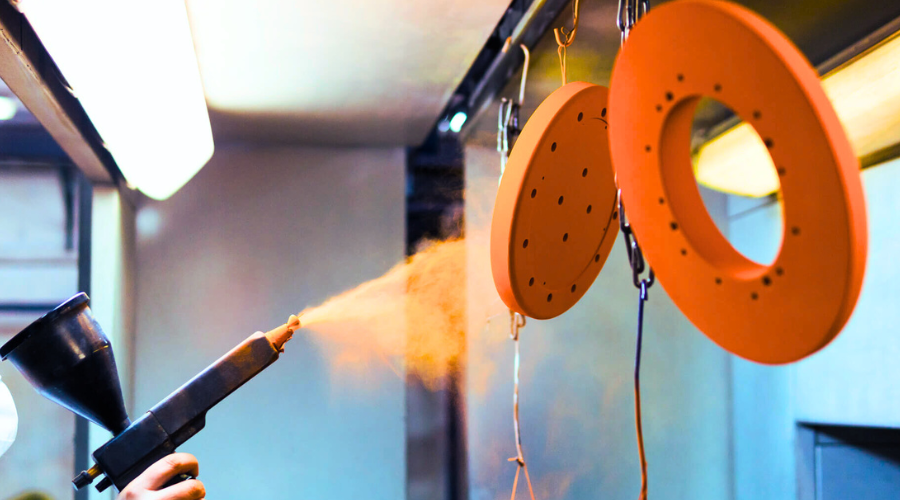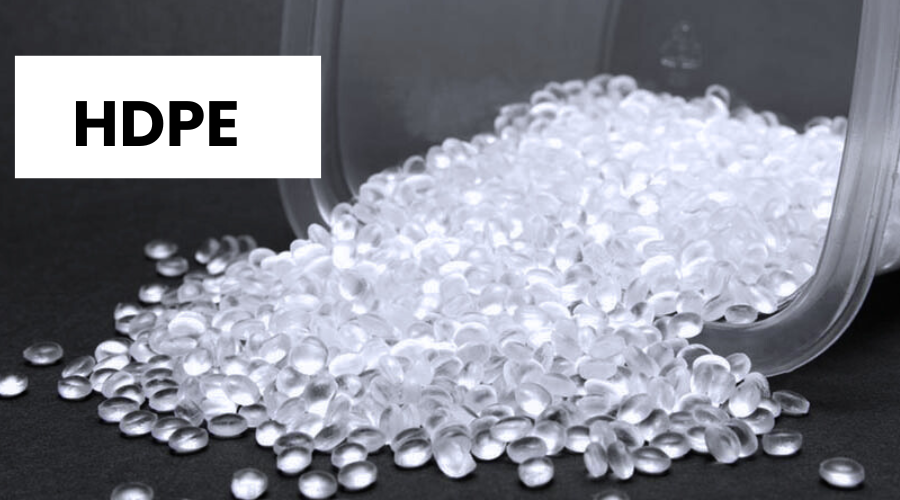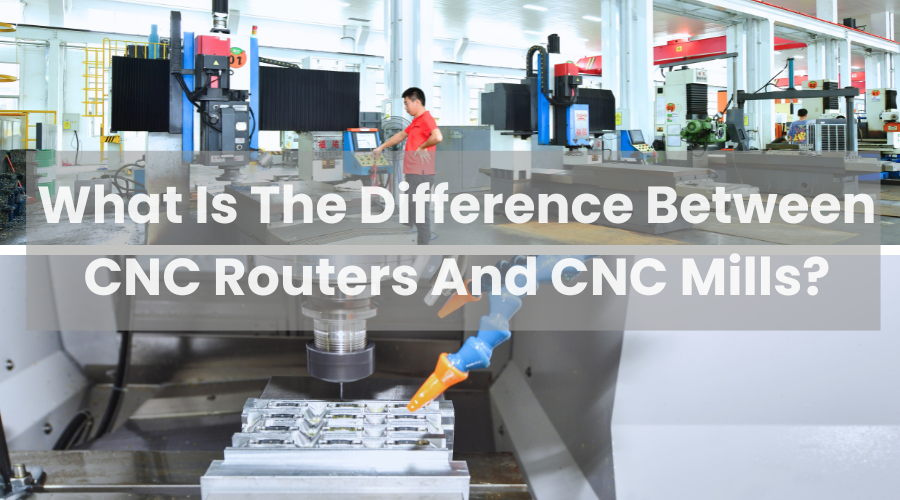Injection molding is an efficient way to scale production for custom plastic products and components, but while the per-unit costs are often very low, the upfront costs can be prohibitive. Everyone wants to save money on injection molding manufacturing. As we all know, several factors determine the cost of injection molding. And what is the best way to reduce the cost?

Here, we have listed the 5 most efficient ways to reduce injection molding costs.
- Part Design
- Choosing the Right Material
- Family or Multi-cavity Mold
- Modify Mold
- Minimize Secondary Processes
Part Design
Make sure that the design of the parts provides sufficient radii as much as possible to eliminate areas of high-stress concentration. A uniform wall thickness with reinforcing ribs and gusset is critical. The result will be a more robust part, saving you money by reducing material consumption and shortening cycle time. Meanwhile, the more complex the part’s geometry, the higher your manufacturing costs will be. Simple parts, without undercuts or more advanced surface finishes, will be the most cost-effective.
Every quote for an injection-molded part at HordRT is accompanied by a free design for manufacturability (DFM) analysis. With our DFM feedback, we can provide engineering assistance and product development support to ensure the part’s design allows for easy manufacturability.
Choosing the Right Material
A wide variety of plastics can be used for injection molding depending on the requirements of the final parts, including ABS, PS, PE, PC, PP, or TPU. But it is important to consider design intent and choose the right materials. For example, based on the application requirement of products, do you need a commodity plastic or a specialty plastic? Commodity plastics are less expensive and available in hundreds of different resins, each with specific end-use properties. And specialty plastics cost more than commodity plastics but have material and performance properties suited for more demanding requirements.
In a word, choosing the right materials help meet the functional requirements and reduce the cost of injection molding.
Family or Multi-cavity Mold
Another way to reduce the cost is designing a family or multi-cavity mold. Depending on part similarity, material selection, and processing requirements, you may be able to include more than one part in your mold. Multi-cavity molds increase the speed of production and help to significantly lower the per-unit production cost over time. Multi-cavity molding lends itself to high production requirements. The more cavities you have in a tool, the more parts you’re able to create each cycle. While this will drive up initial costs related to tooling, it will lead to lower part prices and lower costs overall in the long run.
Modify Mold
If a part undergoes several iterations before finalizing a feasible design, you can reduce costs by modifying existing molds instead of machining new ones. This eliminates the need for multiple rounds of tooling. Due to the fact that the process of creating a new tool is the main cost driver for injection molding projects, doing so typically significantly reduces development costs.

Minimize Secondary Processes
Another method is to minimize secondary processes, such as custom inserts and painting. By changing a part design or selecting a different material, you may be able to achieve your design goals while avoiding additional setup fees. Also, mechanisms such as living hinges produced during injection molding can eliminate the need for assembly and other secondary operations.
Expert HordRT engineers are ready to support you to avoid unnecessary costs while receiving manufacturing service. Ready to learn more? To learn more about how to optimize your injection molding project, completer our Online Quote. Then we will follow up and provide you the quote in 12 hours.
-q4gvl4k29y4hq8j9rjpapvj0ft06fje63olt7p210i.png)


